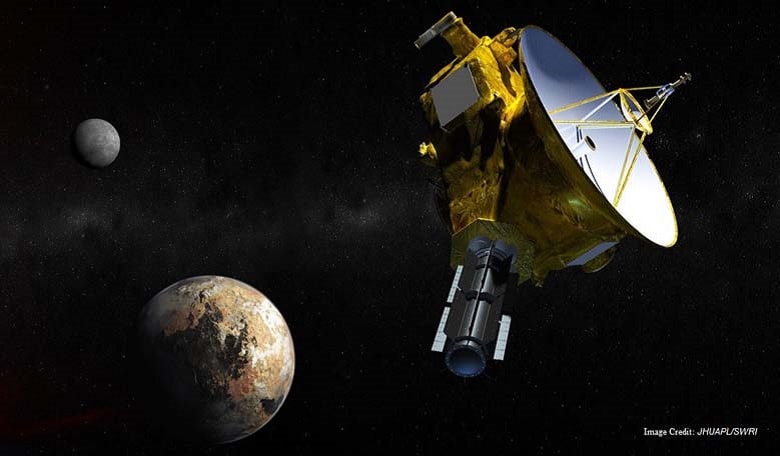Pluto we hardly knew ye. Then again, lots of things in our solar system look different than expected.
As the New Horizons probe has been closing in on Pluto, we have discovered that the planet is a red – or reddish brown – hue .
This is very different than the popular perception of Pluto. In fact, in most of our astronomy textbooks, Pluto was either blue or gray.
We assumed, instinctively, than an object so far from the Sun couldn’t possibly look any different – and such assumptions, in fact, have colored (pun intended) a lot of theories about other objects in our solar system.
Take, for example, the canals on Mars theory . It existed purely due to optical illusion.
There is also the optical illusion recorded by Galileo – wherein for earthlings, Venus appears larger than enormous Jupiter to the naked eye.
Perception is a tough thing in space. Some mistakes or perception occur simply due to our misguided intuitions – the rules that we know to be true on Earth simply don’t apply in space (Pluto’s hue is a great example). Other mistakes we initially made due to the fact that the way we’re meant to see objects on Earth doesn’t much help us in making accurate judgments when we’re looking at worlds that exist beyond Earth.
It’s an issue that everyone – from young astronomers to more experienced ones – must take into consideration when we consider objects millions of miles, or even light years, away.











